From streets and theaters to key areas, the heroic moments are still engraved in the memories of the people. Let’s look back upon historical moments to appreciate the changes and developments of these sites in the heart of the thousand-year-old capital.
1. Long Bien Bridge
Long Bien Bridge has stood for over a century, becoming a historical witness of the historic moment of troops and people. On October 9, 1954, the last French soldiers withdrew, while the Vietnamese troops entered to take over the capital.
    |
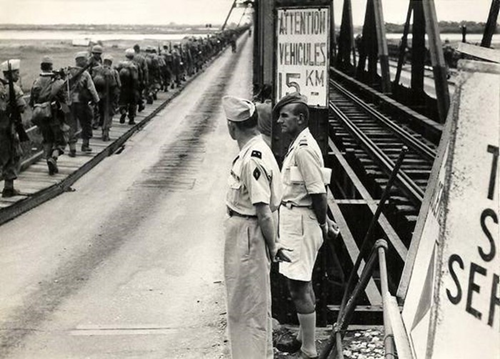 |
|
Last French soldiers cross Long Bien Bridge. (File photo) |
2. Government Guest House (No.12 Ngo Quyen street, Trang Tien ward, Hoan Kiem district)
The Government Guest House (Tonkin Palace) was once the headquarters of the French colonial government in Northern Vietnam. It endured both resistance wars against the French colonialists and American imperialists. It was one of the first places that the Vietnam People's Army had taken over in the capital on that historic day 70 years ago.
    |
 |
|
The Tonkin Palace in the old days (File photo) |
    |
 |
|
Government Guest House is located at No.12 Ngo Quyen street, Trang Tien ward, Hoan Kiem district. |
3. Imperial Citadel of Thang Long
Imperial Citadel of Thang Long was the assembly point for our troops when taking over the capital on October 10, 1954. The site lies South of the Kinh Thien Palace and is aligned with the Hanoi Flag Tower.
    |
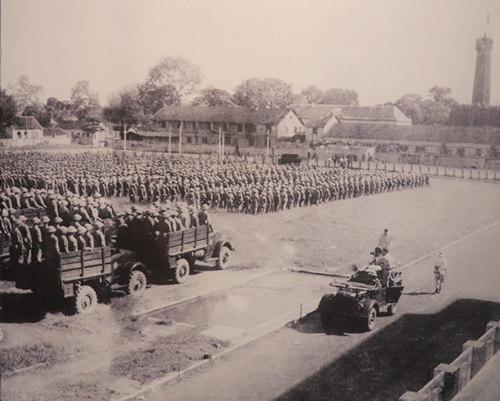 |
|
Troops of Division 308 enter the capital on the morning of October 10, 1954. (File photo) |
    |
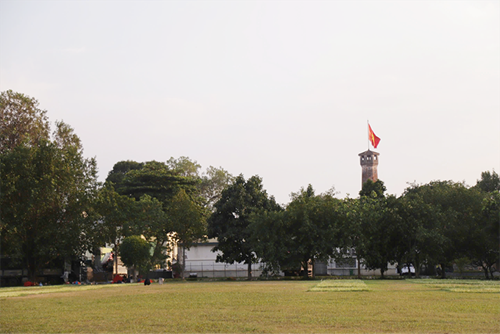 |
|
Imperial Citadel of Thang Long is located at 19C Hoang Dieu Street, Dien Bien Phu ward, Ba Dinh district, Hanoi. |
    |
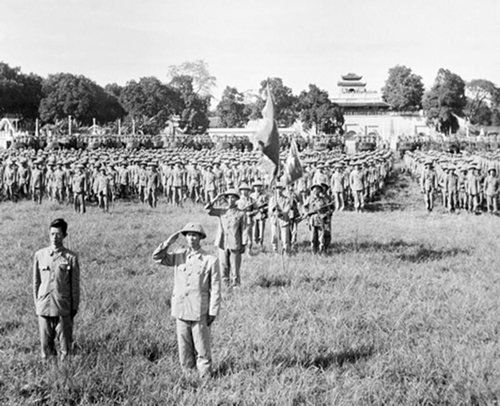 |
|
A view of the first flag saluting ceremony on the Capital Liberation Day in front of the Hanoi Flag Tower at 3p.m. on October 10, 1954 |
    |
 |
|
Imperial Citadel of Thang Long is now an attractive tourist destination. |
4. Hanoi Flag Tower
In 1945, following the August Revolution, the national flag was first raised at the Hanoi Flag Tower. On the Capital Liberation Day, the national flag once again flew atop this historic monument.
    |
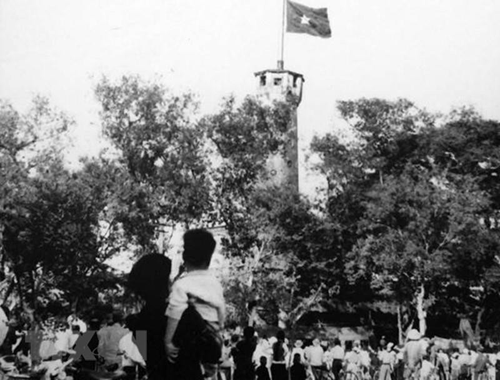 |
|
Hanoi Flag Tower in the past |
    |
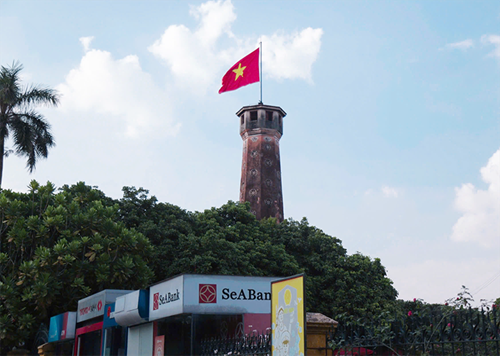 |
|
Hanoi Flag Tower is located at 28A Dien Bien Phu Street, Dien Bien ward, Ba Dinh district, Hanoi. |
5. Kim Ma Street
On that monumental day 70 years ago, the Hanoians lined Kim Ma Street to welcome Division 308 as they entered the capital. Today, Kim Ma remains a busy thoroughfare, serving as one of Hanoi's key transportation routes.
    |
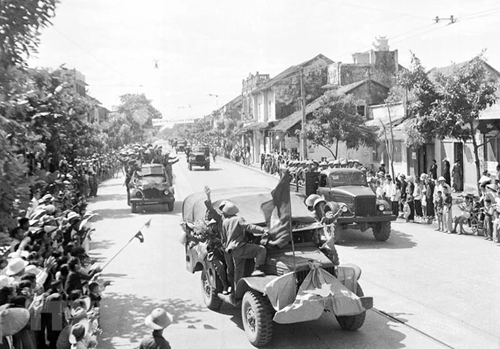 |
|
Troops of Division 308 entering the capital city |
    |
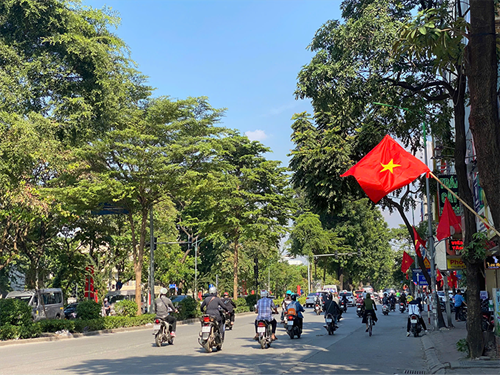 |
|
Kim Ma remains a busy thoroughfare of Hanoi. |
6. Hanoi Railway Station (No.120 Le Duan Street, Dong Da district, Hanoi)
Hanoi Railway Station was one of the first facilities that the Vietnam People's Army took over from the French. Built in the early 20th century, it was the largest station in Indochina at the time. Today, it remains a bustling hub for travelers, both domestic and international.
    |
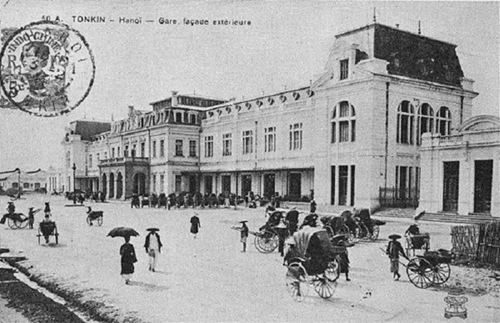 |
|
Hanoi Railway Station was one of the first facilities that the Vietnam People's Army took over from the French. |
    |
 |
|
A view of Hanoi Railway Station now |
7. Dong Xuan Market
Built by the French in 1890, Dong Xuan Market became the largest market in the capital. Today, it is a vibrant trading center for merchants not only from Hanoi but also from all over the country.
    |
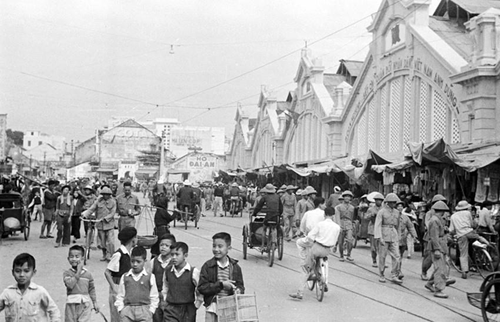 |
|
Dong Xuan Market bustling since the old days (File photo) |
    |
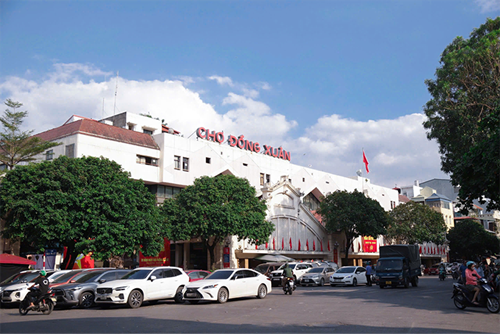 |
|
Dong Xuan Market welcomes a large number of visitors and shoppers. |
8. Southern Gateway
It was the entry point for the troops of Division 308 in the Western direction as they advanced from O Cau Giay (Cau Giay Gateway) to take over the capital on the morning of October 10, 1954. This location witnessed the glory of our troops on that historic day.
    |
 |
|
Troops of Division 308 taking over the capital on October 10 (File photo) |
    |
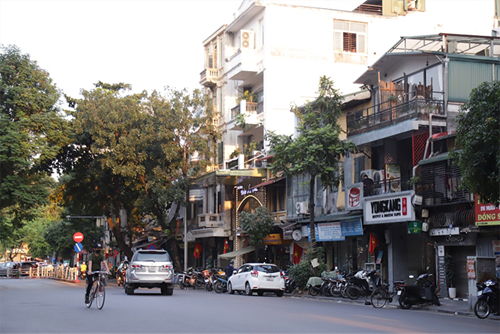 |
|
Southern Gateway area today |
9. Hanoi Opera House (No.1 Trang Tien Street, Hoan Kiem district, Hanoi)
At 3p.m. on October 10, 1954, the Hanoi Opera House was the site where the signal for the historic flag-raising ceremony was sounded. Today, it stands as one of the important cultural centers in Hanoi, regularly hosting cultural and artistic events for the city and the country.
    |
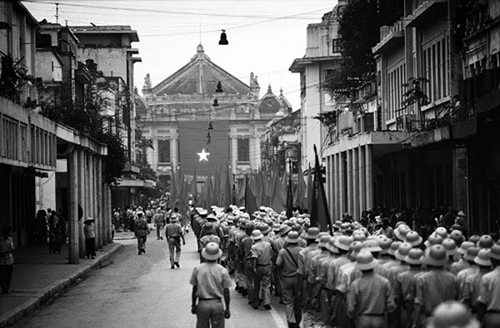 |
|
A view of the historic flag-raising ceremony seven decades ago (File photo) |
    |
 |
|
Hanoi Opera House in the 70th anniversary of the Capital Liberation Day |
Translated by Chung Anh